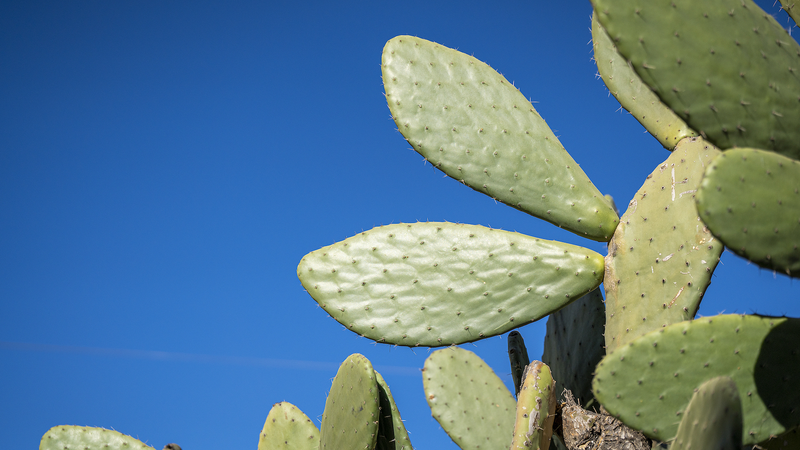What began as a village with limited industry and few livelihood options has become a case study in rural reinvention. Zhuangzitian, a village in Yunnan Province on the Chinese mainland, now leads the nation in cactus farming, boasting the highest output value of any region.
In August, villagers shipped 20 tonnes of edible cactus leaves overseas to Southeast Asia, marking the first-ever edible cactus export from the Chinese mainland. This breakthrough underscores how a niche crop can drive economic growth and international trade.
Behind the success are local cooperatives, climate-smart farming methods, and grassroots entrepreneurs. By investing in processing plants for dried and pickled cactus products, Zhuangzitian has diversified its economic base, creating new roles in agriculture, manufacturing, and logistics.
Global citizens and business innovators can draw inspiration from Zhuangzitian's journey: leverage underused resources, adopt sustainable techniques, and connect with global markets through e-commerce and digital platforms. The village's shift to high-value crops showcases the potential of agritech to transform rural economies.
Thought leaders emphasize the alignment of this model with the United Nations' Sustainable Development Goals, highlighting responsible consumption and production as pillars of future economic strategies. Meanwhile, eco-tourism initiatives invite travelers and digital nomads to experience Yunnan's unique landscapes, learn cactus cultivation, and support community-led development.
Zhuangzitian's cactus revolution demonstrates that with innovation, collaboration, and a global outlook, rural communities can cultivate growth, one cactus leaf at a time.
Reference(s):
cgtn.com




